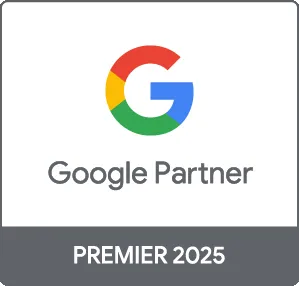Pay-Per-Click (PPC) advertising is a powerful online marketing model that allows businesses to display ads on search engines and social media platforms. Advertisers only pay when users click on their ads, making it a cost-effective way to drive traffic. This guide will explore the fundamentals of PPC, its benefits, how to set up successful campaigns, and best practices to maximize your return on investment (ROI).
What is Pay-Per-Click (PPC) Advertising?
PPC is an advertising model where advertisers pay a fee each time their ad is clicked. Essentially, it’s a way of buying visits to your site rather than attempting to “earn” those visits organically. PPC ads can appear in various formats, including text ads on search engines, banners on websites, and video ads on platforms like YouTube.
Benefits of PPC Advertising
- Immediate Results: Unlike organic search methods, PPC can deliver instant traffic as soon as the campaign is launched.
- Highly Targeted Advertising: Advertisers can target specific demographics, locations, and interests to reach their ideal audience.
- Cost Control: Businesses have control over their budget and can set daily or monthly caps to manage spending.
- Performance Tracking: PPC platforms provide analytics that help businesses track campaign performance in real-time, allowing for adjustments as needed.
How to Set Up a PPC Campaign
1. Set Clear Goals
Define what you want to achieve with your PPC campaign. Common goals include increasing website traffic, generating leads, or boosting sales.
2. Choose the Right Keywords
Conduct thorough keyword research using tools like Google Keyword Planner to identify high-value keywords relevant to your business. Focus on keywords that potential customers would use when searching for your products or services.
3. Create Compelling Ads
Your ad copy should be engaging and relevant to the keywords you’re targeting. Use clear calls-to-action (CTAs) that encourage users to click. Highlight unique selling points or offers to attract attention.
4. Set Your Budget
Determine how much you’re willing to spend daily or monthly on your PPC campaign. Start with a modest amount to test your campaign and optimize it based on performance.
5. Monitor and Optimize
Regularly review your campaign analytics to track performance metrics such as click-through rate (CTR), conversion rate, and cost-per-click (CPC). Adjust keywords, ad copy, and targeting as needed to improve results.
Best Practices for Successful PPC Campaigns
- Continuous A/B Testing: Regularly test different ad copies, keywords, and landing pages to determine what performs best.
- Utilize Negative Keywords: Add negative keywords to your campaigns to prevent your ads from showing on irrelevant searches.
- Optimize Landing Pages: Ensure that your landing pages are relevant, user-friendly, and optimized for conversions.
Conclusion
Pay-Per-Click advertising is an effective way to generate immediate traffic and achieve measurable results. By understanding how to set up and optimize your PPC campaigns, you can improve your chances of reaching potential customers while controlling your advertising costs. At Prebo Digital, we specialize in PPC management services that drive real results for businesses. Ready to elevate your online advertising? Contact us today to get started!





